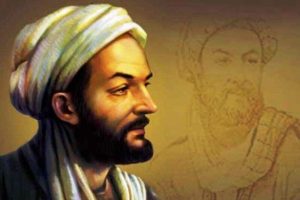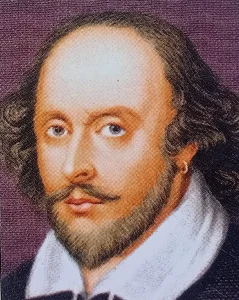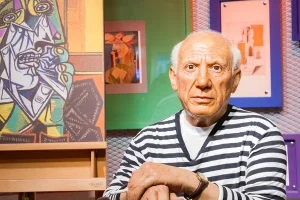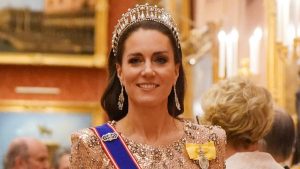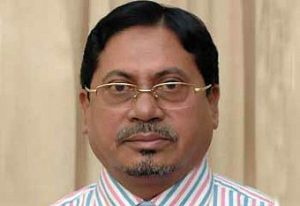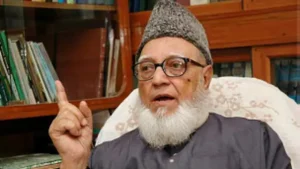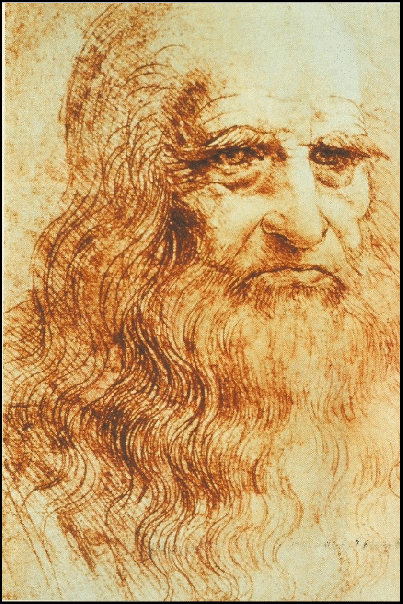
Leonardo di ser Piero da Vinci (15 April 1452 – 2 May 1519) was an Italian polymath of the High Renaissance who was active as a painter, draughtsman, engineer, scientist, theorist, sculptor, and architect. While his fame initially rested on his achievements as a painter, he has also become known for his notebooks, in which he made drawings and notes on a variety of subjects, including anatomy, astronomy, botany, cartography, painting, and palaeontology. Leonardo is widely regarded to have been a genius who epitomised the Renaissance humanist ideal, and his collective works comprise a contribution to later generations of artists matched only by that of his younger contemporary Michelangelo.
Born out of wedlock to a successful notary and a lower-class woman in, or near, Vinci, he was educated in Florence by the Italian painter and sculptor Andrea del Verrocchio. He began his career in the city, but then spent much time in the service of Ludovico Sforza in Milan. Later, he worked in Florence and Milan again, as well as briefly in Rome, all while attracting a large following of imitators and students. Upon the invitation of Francis I, he spent his last three years in France, where he died in 1519. Since his death, there has not been a time where his achievements, diverse interests, personal life, and empirical thinking have failed to incite interest and admiration, making him a frequent namesake and subject in culture.
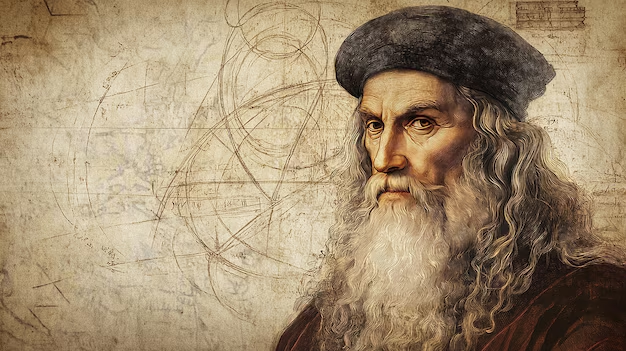
Leonardo is identified as one of the greatest painters in the history of Western art and is often credited as the founder of the High Renaissance. Despite having many lost works and fewer than 25 attributed major works – including numerous unfinished works – he created some of the most influential paintings in the Western canon. The Mona Lisa is his best known work and is the world’s most famous individual painting. The Last Supper is the most reproduced religious painting of all time and his Vitruvian Man drawing is also regarded as a cultural icon. In 2017, Salvator Mundi, attributed in whole or part to Leonardo, was sold at auction for US$450.3 million, setting a new record for the most expensive painting ever sold at public auction.
Revered for his technological ingenuity, he conceptualized flying machines, a type of armored fighting vehicle, concentrated solar power, a ratio machine that could be used in an adding machine, and the double hull. Relatively few of his designs were constructed or were even feasible during his lifetime, as the modern scientific approaches to metallurgy and engineering were only in their infancy during the Renaissance. Some of his smaller inventions, however, entered the world of manufacturing unheralded, such as an automated bobbin winder and a machine for testing the tensile strength of wire. He made substantial discoveries in anatomy, civil engineering, hydrodynamics, geology, optics, and tribology, but he did not publish his findings and they had little to no direct influence on subsequent science.
Leonardo da Vinci at a Glance
Full Name: Leonardo di ser Piero da Vinci
Born: April 15, 1452 (Vinci, Republic of Florence, now Italy)
Died: May 2, 1519 (Amboise, Kingdom of France)
Occupation: Painter, Sculptor, Engineer, Scientist, Architect, Inventor, Anatomist
Notable Works
Mona Lisa (c. 1503–1506)
The Last Supper (1495–1498)
Vitruvian Man (c. 1490)
Fields of Study
Anatomy, engineering, hydraulics, astronomy, optics, and mechanics
Innovations & Contributions
Early designs of helicopters, tanks, and war machines
Anatomical sketches that advanced medical understanding
Contributions to hydrodynamics and civil engineering.
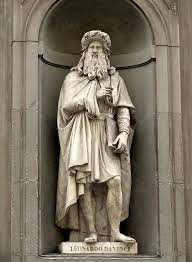
Early Life and Education
Leonardo di ser Piero da Vinci was born on April 15, 1452, in the small town of Vinci in the Republic of Florence (modern-day Italy). He was the illegitimate son of a wealthy notary, Ser Piero, and a peasant woman named Caterina. Despite his illegitimate status, Leonardo received an informal education in reading, writing, and mathematics.
At the age of 14, Leonardo was apprenticed to Andrea del Verrocchio, a renowned Florentine artist. Under Verrocchio’s guidance, he learned various artistic techniques, including painting, sculpting, and metalworking. His early exposure to engineering and mechanics also played a crucial role in shaping his diverse talents.
Artistic Achievements
Leonardo is best known for his contributions to art, producing some of the most famous masterpieces in history. His ability to blend realism with imaginative compositions set him apart as a revolutionary figure in the Renaissance era.
Notable Works
Mona Lisa (c. 1503–1506): Perhaps the most famous painting in the world, the Mona Lisa is known for its mysterious smile and advanced sfumato technique.
The Last Supper (1495–1498): A mural painted for the Convent of Santa Maria delle Grazie in Milan, depicting Jesus and his disciples at the moment he announces his betrayal.
Vitruvian Man (c. 1490): A famous drawing that illustrates ideal human proportions based on the writings of the Roman architect Vitruvius.
Annunciation (c. 1472–1475): One of his early works that shows his developing mastery of perspective and light.

Scientific and Engineering Contributions
Leonardo was much more than just an artist; he was a visionary scientist, engineer, and inventor. His notebooks, filled with thousands of sketches and observations, reveal his insatiable curiosity about the natural world.
Key Innovations and Studies
Anatomy: Conducted detailed dissections of human corpses, producing highly accurate anatomical drawings that contributed to medical knowledge.
Flight Studies: Designed early concepts of flying machines, including ornithopters and helicopters, inspired by the flight of birds.
Hydraulics and Engineering: Proposed innovative canal systems, water pumps, and military defenses.
Mechanical Inventions: Designed war machines, including an early prototype of a tank and a revolving bridge for military use.
Later Life and Death
In 1516, Leonardo moved to France at the invitation of King Francis I, who admired his work and provided him with a comfortable residence at the Château du Clos Lucé. Despite his declining health, Leonardo continued to work on various projects until his death on May 2, 1519, at the age of 67. He was buried in the Church of Saint-Florentin in Amboise, although his tomb was later lost during the French Revolution.
Leonardo da Vinci’s Legacy
Leonardo da Vinci’s legacy is one of unparalleled genius, influencing fields as diverse as art, science, engineering, and anatomy. His contributions have left an indelible mark on human history, making him a true symbol of the Renaissance spirit.
1. Artistic Influence
Master of Realism and Perspective: His techniques, such as sfumato (soft blending of colors) and chiaroscuro (contrast of light and dark), revolutionized painting.
Iconic Masterpieces: Works like Mona Lisa and The Last Supper remain some of the most studied and admired artworks in the world.
Inspiration for Future Artists: Leonardo’s approach to observation, anatomy, and perspective influenced artists like Michelangelo, Raphael, and beyond.

